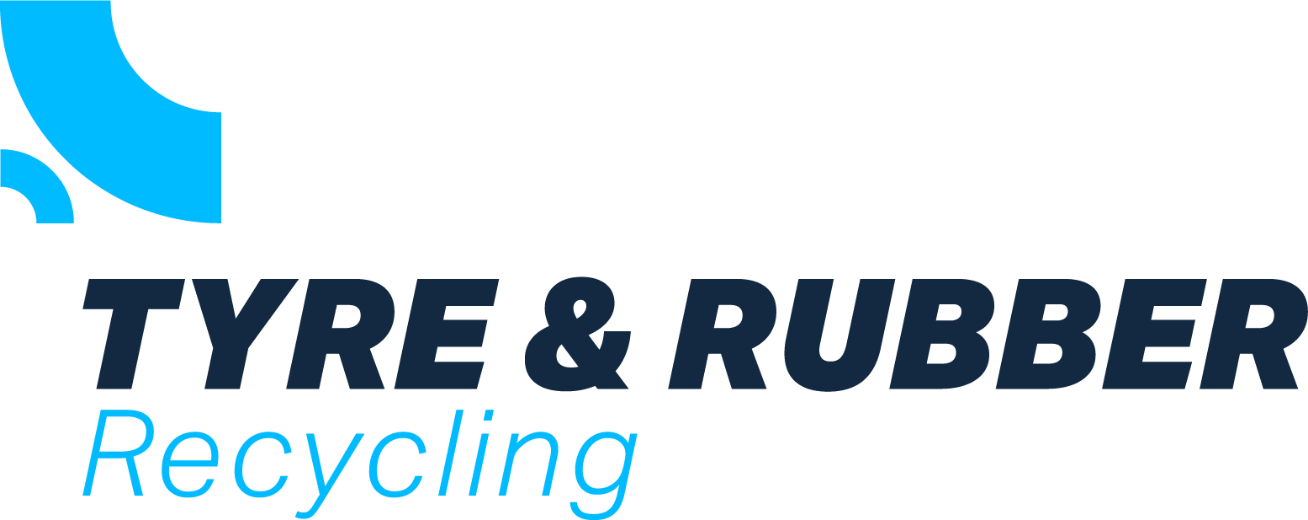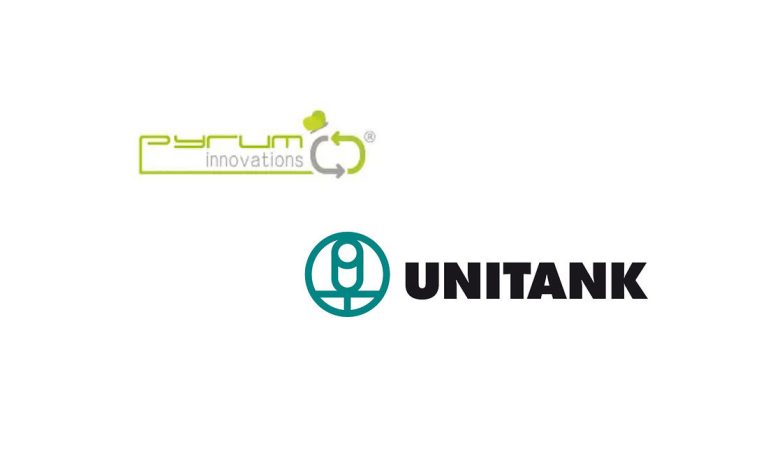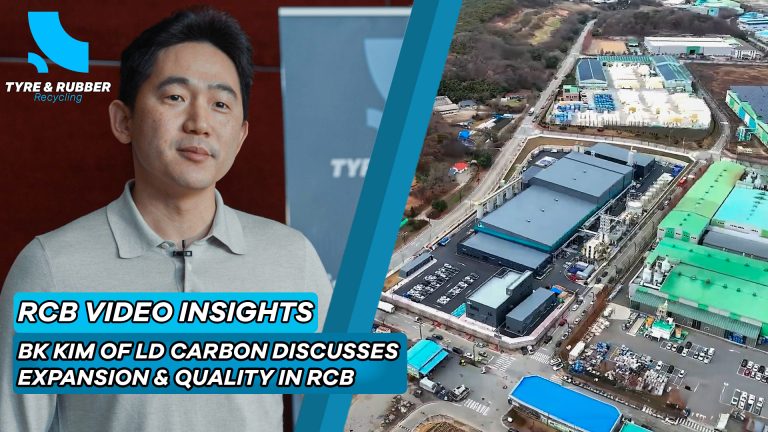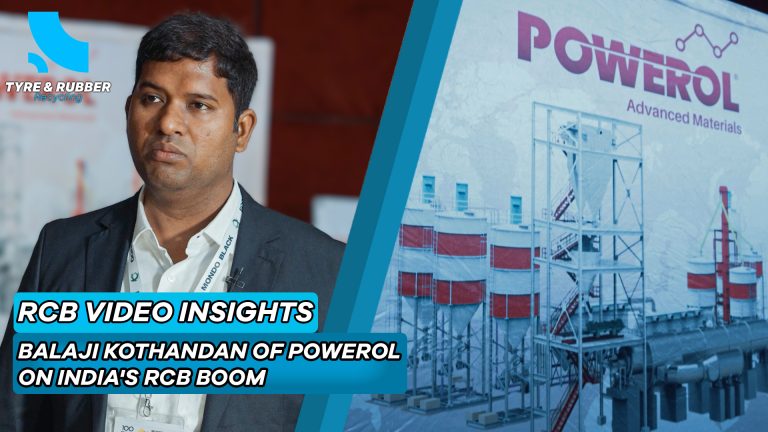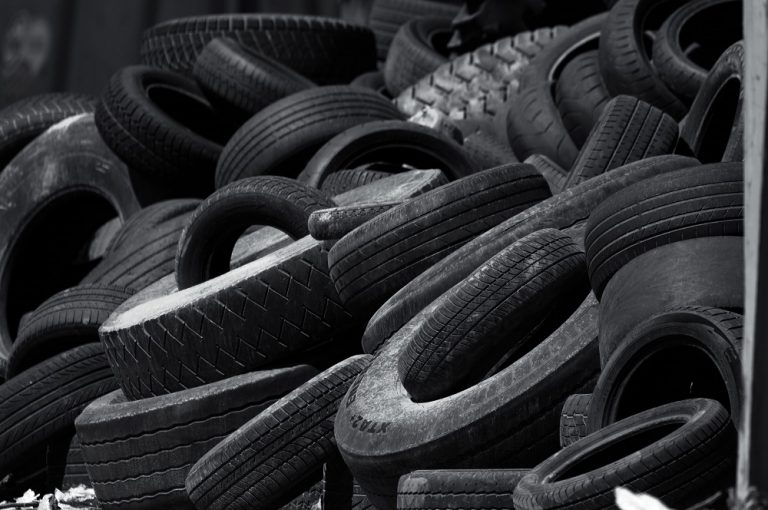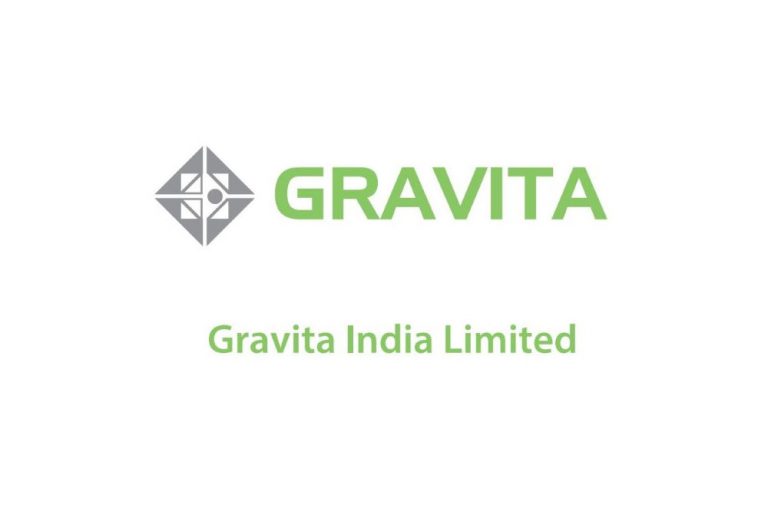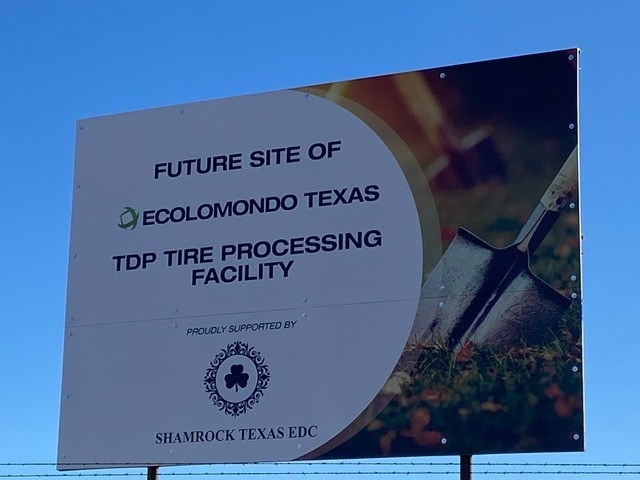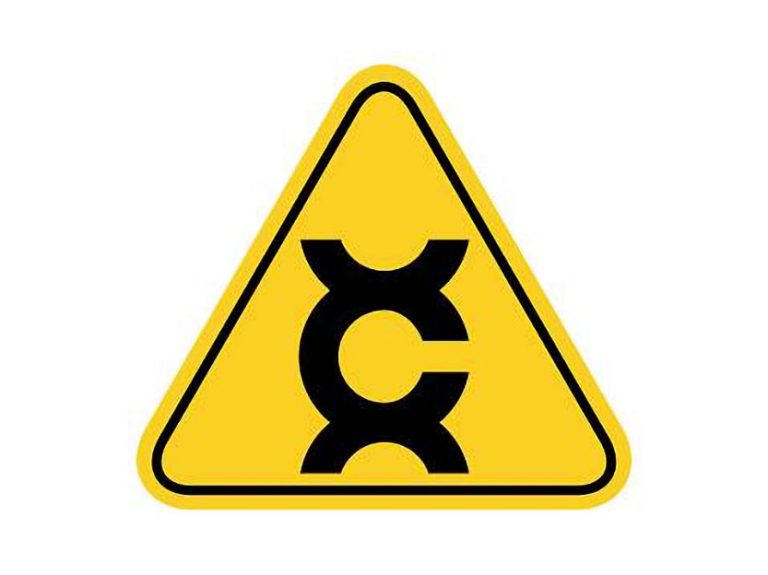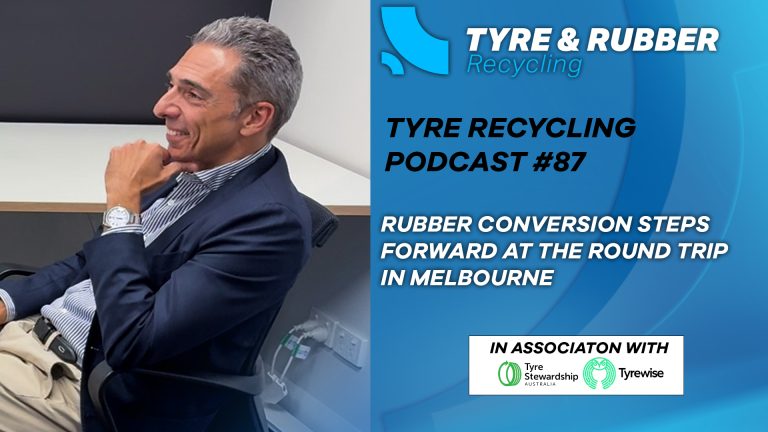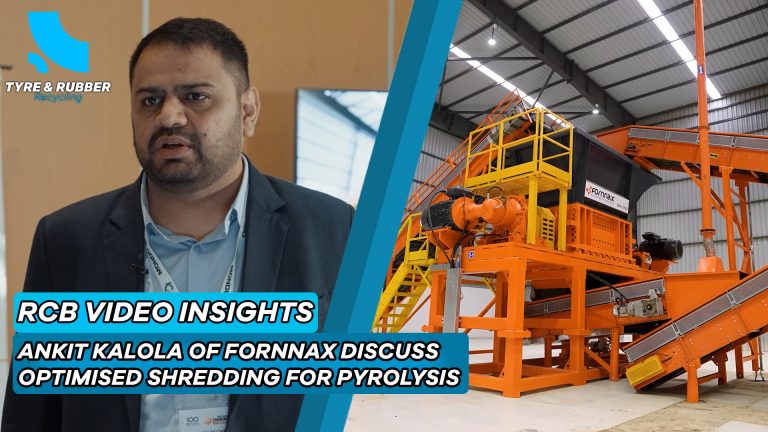Pyrum Innovations AG from Saarland and Hamburg-based UNITANK Holding GmbH & Co. KG, a leading operator of independent tank farms, have signed a shareholder agreement to establish a joint venture
Over the next few years, this partnership is set to establish between five and ten advanced recycling facilities for end-of-life tyres throughout Europe. In the new joint venture, Pyrum owns 49% of the shares and UNITANK Group holds 51%.
Should the current agreements that Pyrum has in place come to fruition as fully operational plants, Pyrum and its partners will represent the largest, by volume, producer of tyre derived materials through pyrolysis.
The UniPyrum joint venture, headquartered in Hamburg, will manage the swift expansion of production sites across Germany and Europe. Each site will start with three advanced thermolysis reactors, recycling at least 22,000 tonnes of end-of-life tyres annually. b modular technology allows for flexible capacity growth based on demand.
Jan Vogel, CEO of UNITANK Group said; “We are delighted to take a decisive step forward in our long-standing and trusting partnership with Pyrum by establishing this joint venture today. In addition to our core business in the tank storage sector, this creates a new business area with strong growth potential that is independent of the energy transition. The combination of Pyrum’s leading technology and our extensive experience in operating critical infrastructure in the energy sector opens up exciting opportunities for the future. The aim is for the new joint venture to rapidly develop and operate a network of used tyre recycling plants in Germany and neighbouring countries.”
Pascal Klein, CEO of Pyrum Innovations AG added; “Since our initial memorandum of understanding with UNITANK, we have worked intensively together to further develop our partnership. We are delighted to reach this important milestone today. Following the positive funding approval in Greece and the recently signed shareholder agreement with SUAS, the founding of the joint venture with UNITANK represents the next important step in finally accelerating the construction and operation of new plants. UNITANK’s many years of experience in operating critical infrastructure and its diverse technical and logistical expertise complement our technology perfectly. Together, we are significantly increasing Europe-wide recycling capacity for end-of-life tyres and actively promoting the circular economy.”
As part of the agreement, the first three plant locations were chosen, and extensive preparations began on pre-engineering tasks and the development of a business plan. UNITANK identified its Emleben site in Thuringia as a potential initial location. The parties agreed to promptly start the necessary approval processes. Simultaneously, UNITANK is in talks with prospective tyre suppliers and potential buyers for the final products.



